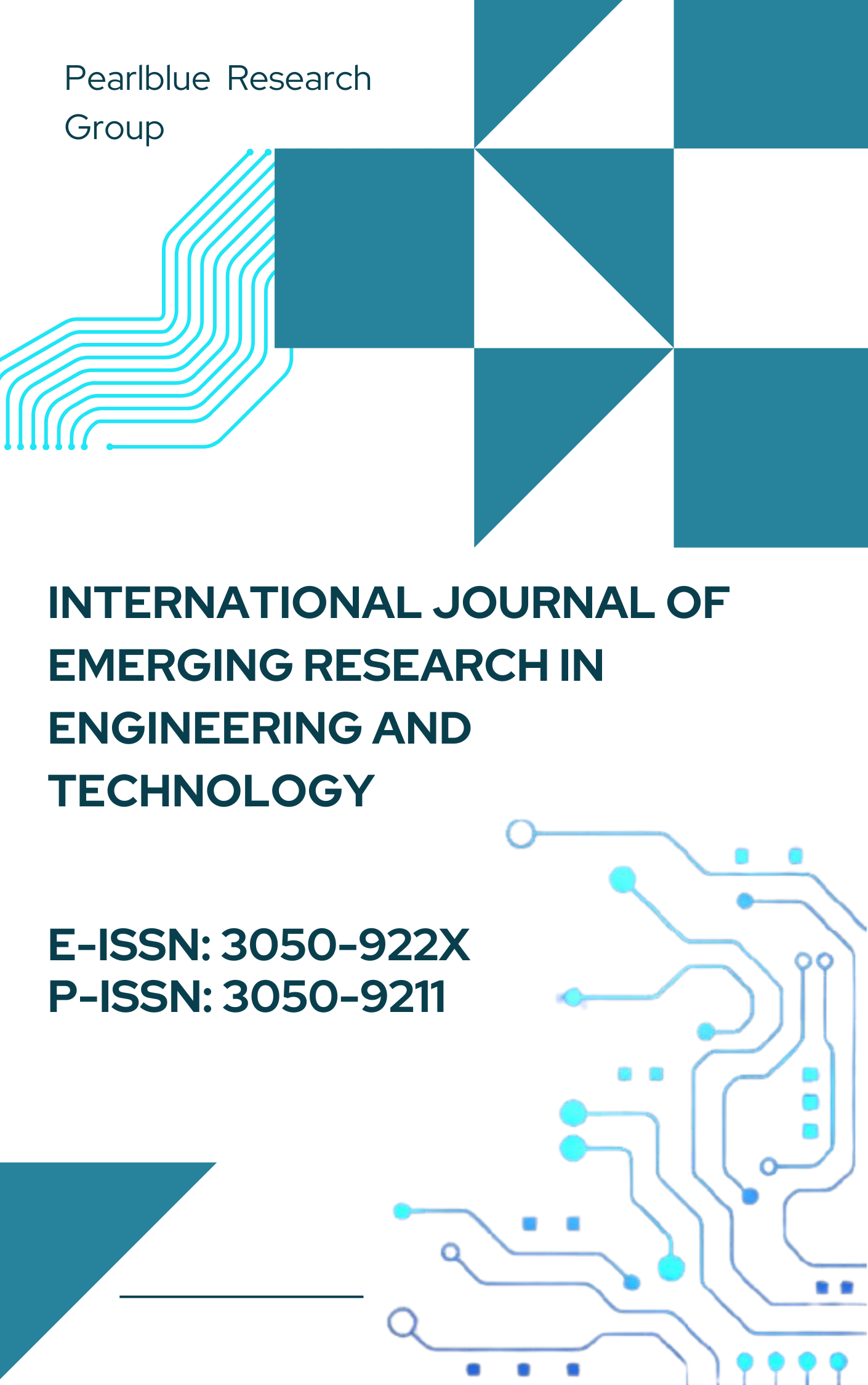Donor Screening Analyzers ASTM Protocol adaptation for Systems Communication
DOI:
https://doi.org/10.63282/3050-922X.IJERET-V4I1P104Keywords:
Donor Screening, Blood Analyzers, ASTM Protocol, Laboratory Information Systems (LIS), Clinical Instrument Communication, E1394-91, E1381-91, System IntegrationAbstract
Donor screening is a critical component in ensuring the safety and efficacy of blood transfusions. Modern clinical laboratories employ automated donor screening analyzers to streamline and enhance the accuracy of this process. To maintain data integrity and interoperability, these systems rely on standardized communication protocols. This paper explores the adaptation of ASTM (American Society for Testing and Materials) protocols for system-to-system communication between donor screening analyzers and laboratory information systems (LIS). It highlights the importance of bidirectional and upload-only communication modes, details the configuration steps required to initiate communication, and explains the role of ASTM standards such as E1394-91 and E1381-91 in establishing reliable data transmission pathways. The architecture of communication frames, messages, and sessions is discussed in depth to illustrate the data flow and control mechanisms. Additionally, this paper outlines the typical analyzer workflow, emphasizing the need for seamless integration to minimize manual entry errors and improve laboratory efficiency
References
[1] AABB. (2022). Donor safety, screening and testing. Retrieved from https://www.aabb.org/regulatory-and-advocacy/regulatory-affairs/regulatory-for-blood/donor-safety-screening-and-testing
[2] American Society for Testing and Materials. (2020). ASTM E1381-20: Standard guide for blood donor screening. ASTM International. https://www.astm.org/
[3] Fischer, S. A., Avery, R. K., & A.S.T.I.D.C.o. Practice. (2009). Screening of donor and recipient prior to solid organ transplantation. American Journal of Transplantation, 9(Suppl 4), S7–S18. https://doi.org/10.1111/j.1600-6143.2009.02765.x
[4] Gerber, S. I., et al. (2011). Computer-based blood donor screening: A status report. Transfusion, 51(11), 2396–2407. https://doi.org/10.1111/j.1537-2995.2011.03298.x
[5] Joseph S. (2020, May 18). Communication protocol in donor screening analyzers. Medium. https://medium.com/@franklin5775/communication-protocol-in-donor-screening-analyzers-9e8146ce5bce
[6] Len, O., Garzoni, C., Lumbreras, C., Molina, I., Meije, Y., Pahissa, A., & Grossi, P. (2014). Recommendations for screening of donor and recipient prior to solid organ transplantation and to minimize transmission of donor-derived infections. Clinical Microbiology and Infection, 20(Suppl 7), 10–18. https://doi.org/10.1111/1469-0691.12557
[7] Molecular Techniques for Blood and Blood Product Screening. (2019). Transfusion Medicine Reviews, 33(2), 74–85. https://doi.org/10.1016/j.tmrv.2018.12.001
[8] Roche Diagnostics. (n.d.). Donor screening - Nucleic acid testing (NAT). Retrieved from https://diagnostics.roche.com/us/en/products/product-category/plasma-and-blood-screening.html
[9] Singh, A., Dubey, A., Sonker, A., & Chaudhary, R. (2015). Evaluation of various methods of point-of-care testing of haemoglobin concentration in blood donors. Blood Transfusion, 13(2), 233–239. https://doi.org/10.2450/2014.0085-14
[10] Validation and implementation of a new hemoglobinometer for donor screening at Canadian Blood Services. (2012). Transfusion, 52(8), 1741–1747. https://doi.org/10.1111/j.1537-2995.2012.03757.x
[11] Wolfe, C. R., & Ison, M. G. (2019). Screening of donor and candidate prior to solid organ transplantation—Guidelines from the American Society of Transplantation Infectious Diseases Community of Practice. Clinical Transplantation, 33(9), e13547. https://doi.org/10.1111/ctr.13547
[12] World Health Organization. (2019). Global status report on blood safety and availability 2019. World Health Organization. https://www.who.int/publications/i/item/9789240067123
[13] Zhang, Y., et al. (2018). Development and evaluation of a multiplex PCR assay for simultaneous detection of multiple blood-borne viruses in blood donors. Journal of Clinical Microbiology, 56(6), e01904–e01917. https://doi.org/10.1128/JCM.01904-17
[14] Zhao, Y., et al. (2017). Evaluation of a new automated donor screening system for blood donation centers. Transfusion Medicine, 27(6), 383–389. https://doi.org/10.1111/tme.12443
[15] Zhou, Y., et al. (2019). Implementation of a real-time PCR-based donor screening assay for blood-borne pathogens in a blood transfusion center. Journal of Clinical Laboratory Analysis, 33(3), e22814. https://doi.org/10.1002/jcla.22814



